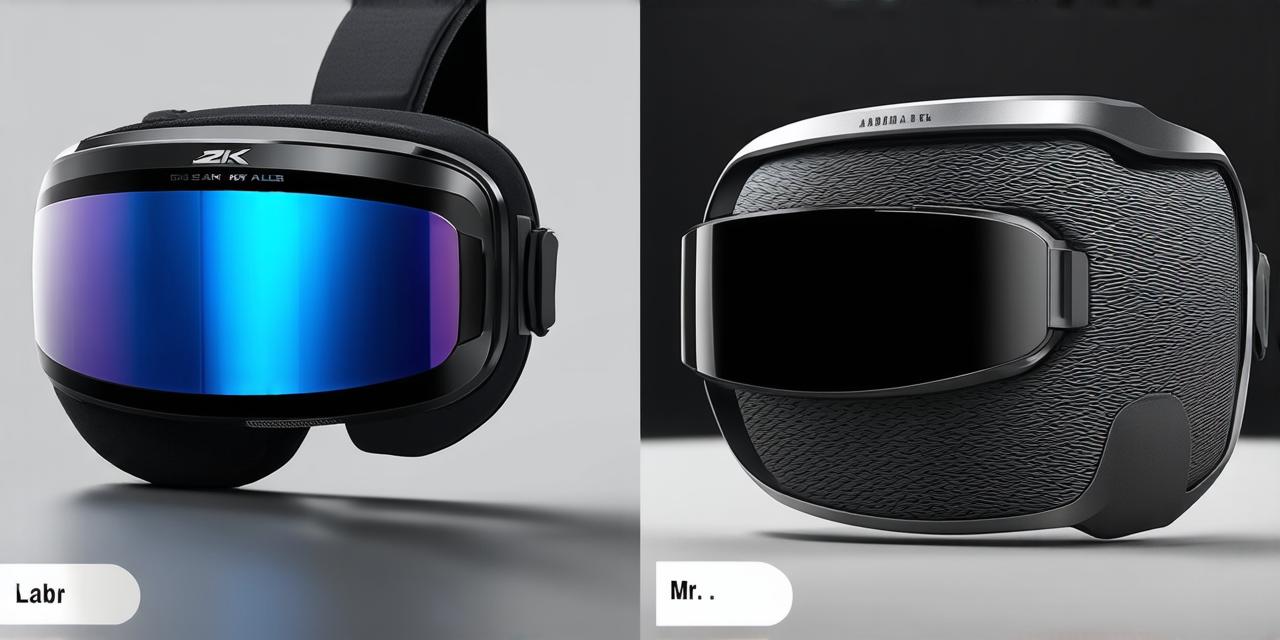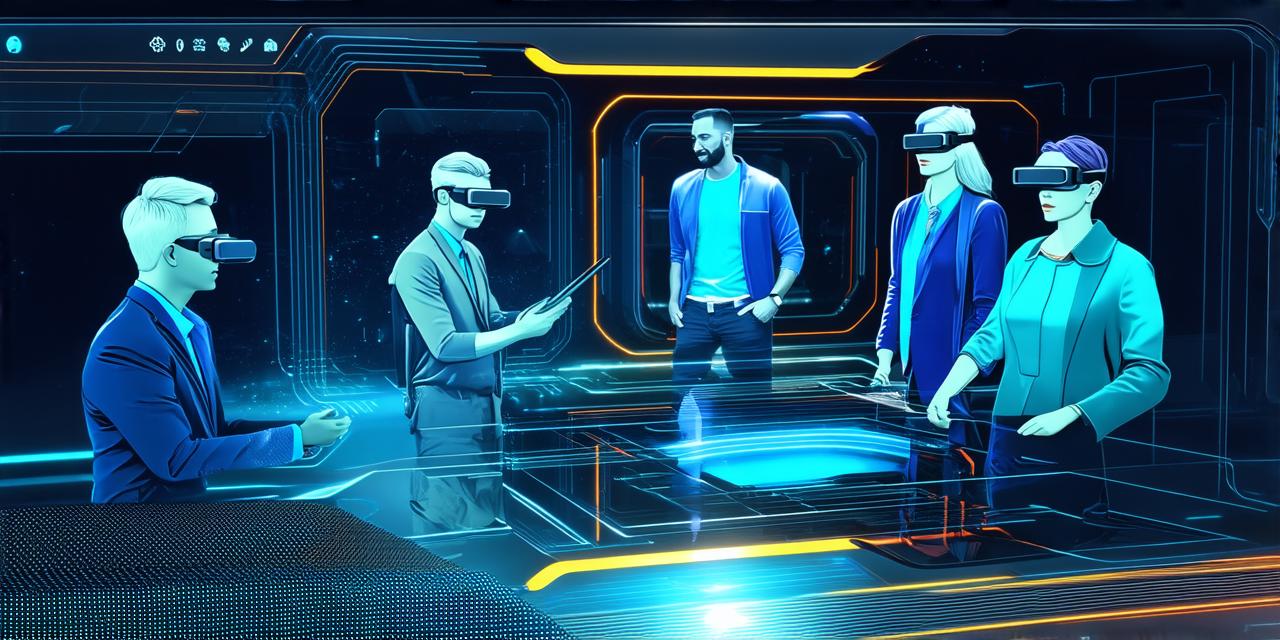Virtual Reality (VR) and Augmented Reality (AR) are two of the most exciting emerging technologies in the field of computer science.
While they share some similarities, there are also significant differences between them that make them unique and valuable tools in their own right.
Virtual Reality
Virtual reality is a technology that creates a simulated environment that is completely immersive and interactive. It uses sensors and headsets to track the movements of users, allowing them to feel as if they are physically present in the virtual world. VR can be used for a wide range of applications, including gaming, education, training, and therapy.
One of the key features of virtual reality is that it completely blocks out the real world from view. Users wear headsets that cover their eyes and ears, creating a fully immersive experience. This can be both exciting and disorienting for some users, as they may feel detached from the real world while using VR technology.
Augmented Reality
Augmented reality is a technology that enhances the user’s view of the real world by overlaying digital information on top of it. This can include things like text, images, and animations, which appear to be integrated seamlessly into the real world. Augmented reality can be used for a wide range of applications, including advertising, education, and gaming.
One of the key features of augmented reality is that it allows users to remain connected to the real world while still receiving valuable information and insights. This makes AR a particularly useful tool in industries like healthcare, where real-time access to patient data can be critical.
Comparison
There are several key differences between virtual reality and augmented reality. These include:
- Immersive vs Non-Immersive: Virtual reality creates a completely immersive environment that blocks out the real world from view, while augmented reality overlays digital information on top of the real world without completely replacing it.
- Real vs Virtual: Virtual reality creates a simulated environment that is not based on the real world, while augmented reality enhances the user’s view of the real world by overlaying digital information on top of it.
- Value: Virtual reality can be used for immersive gaming and entertainment experiences, while augmented reality has practical applications in industries like healthcare and education.
Conclusion
In conclusion, virtual reality and augmented reality are two powerful technologies that offer unique benefits to their users. While they share some similarities, there are also significant differences between them that make them valuable tools in their own right. As these technologies continue to evolve, it is likely that we will see even more innovative uses for both VR and AR in the future.



